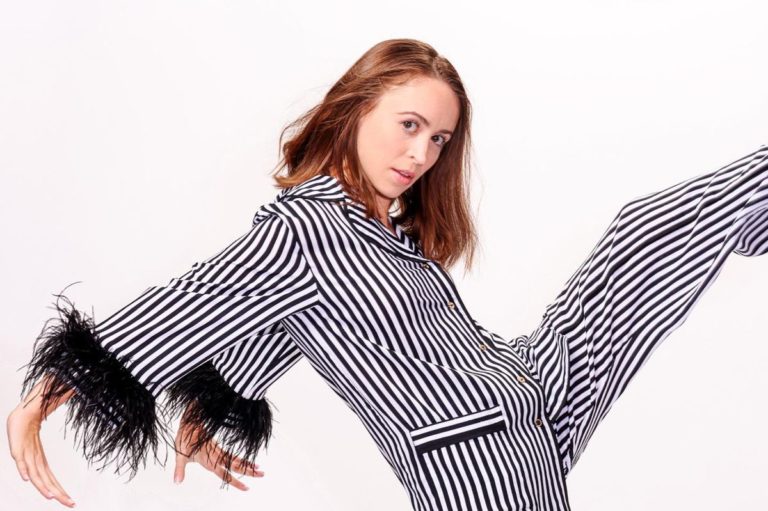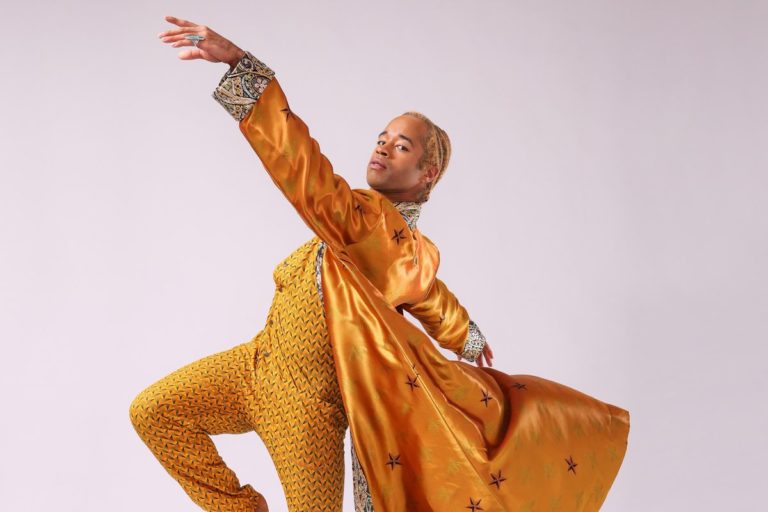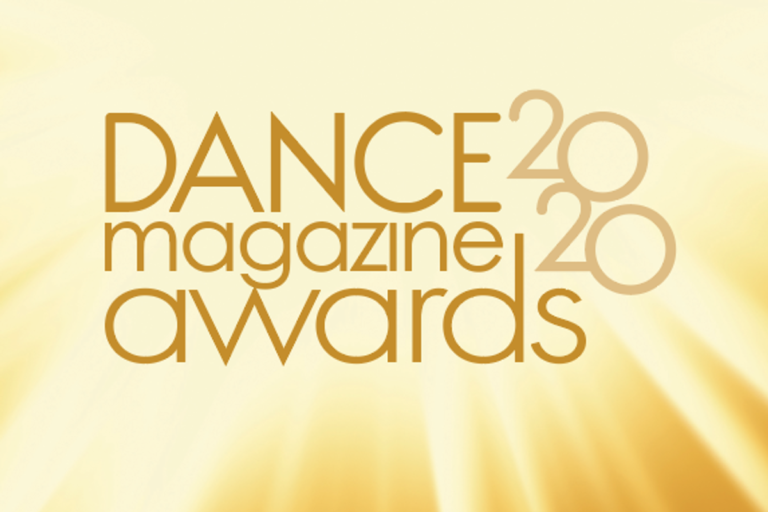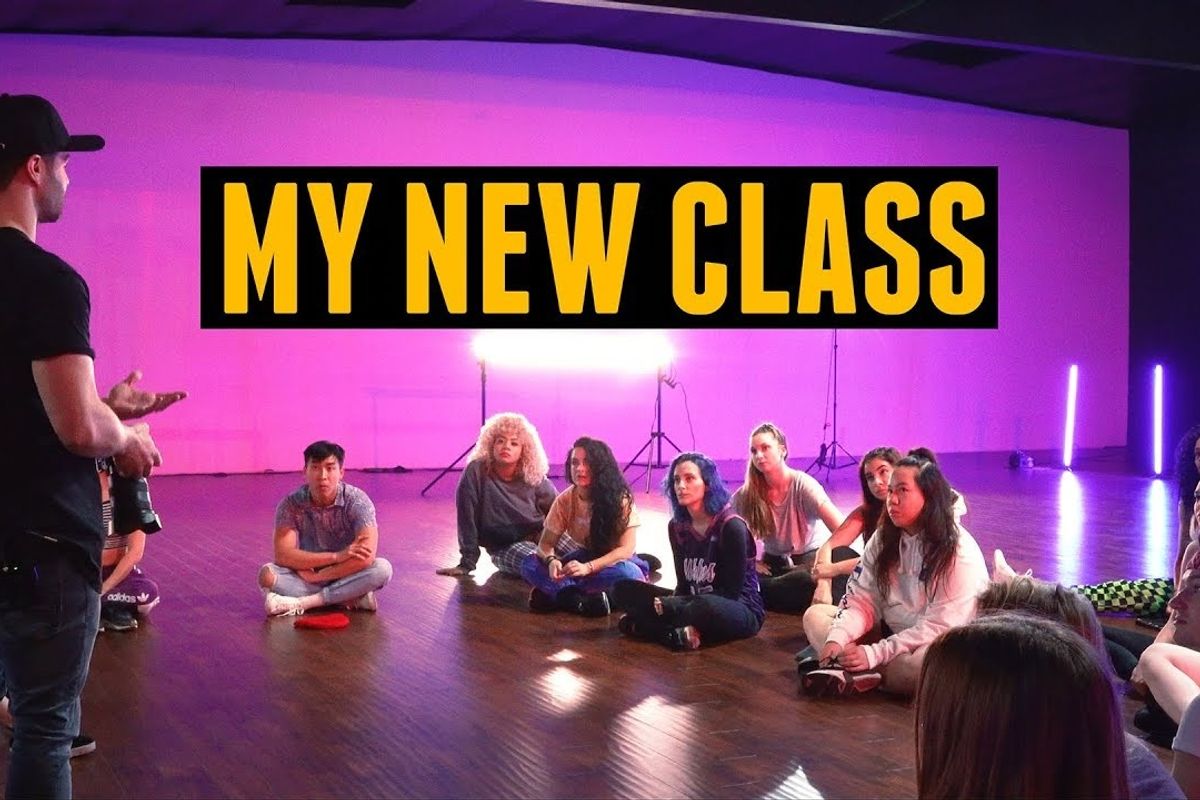
The dancers-slay-choreo-while-onlookers-cheer class video is pretty popular these days. And if you’ve watched a viral class video within the past 24 hours, there’s a good chance it was filmed by Tim Milgram. With 3.1 million subscribers and counting on his YouTube channel, TMilly TV, it’s obvious that online audiences love his video style, with its dramatic lighting and choreographed camera work.
But while many in the dance community appreciate class videos as a way to show their work and expand their online following, others have spoken out against the practice, questioning how it negatively affects dancers’ training and priorities. Acknowledging those complaints, Milgram recently decided to open his own studio, TMilly TV, in North Hollywood, CA. It aims to create a better balance between time spent learning and time spent filming. Already, the studio has attracted some big-name faculty, from Dominique Kelley to Jake Kodish.
We caught up with Milgram to get the scoop on his new studio, and how he hopes to improve the dance community’s perception of the class video.
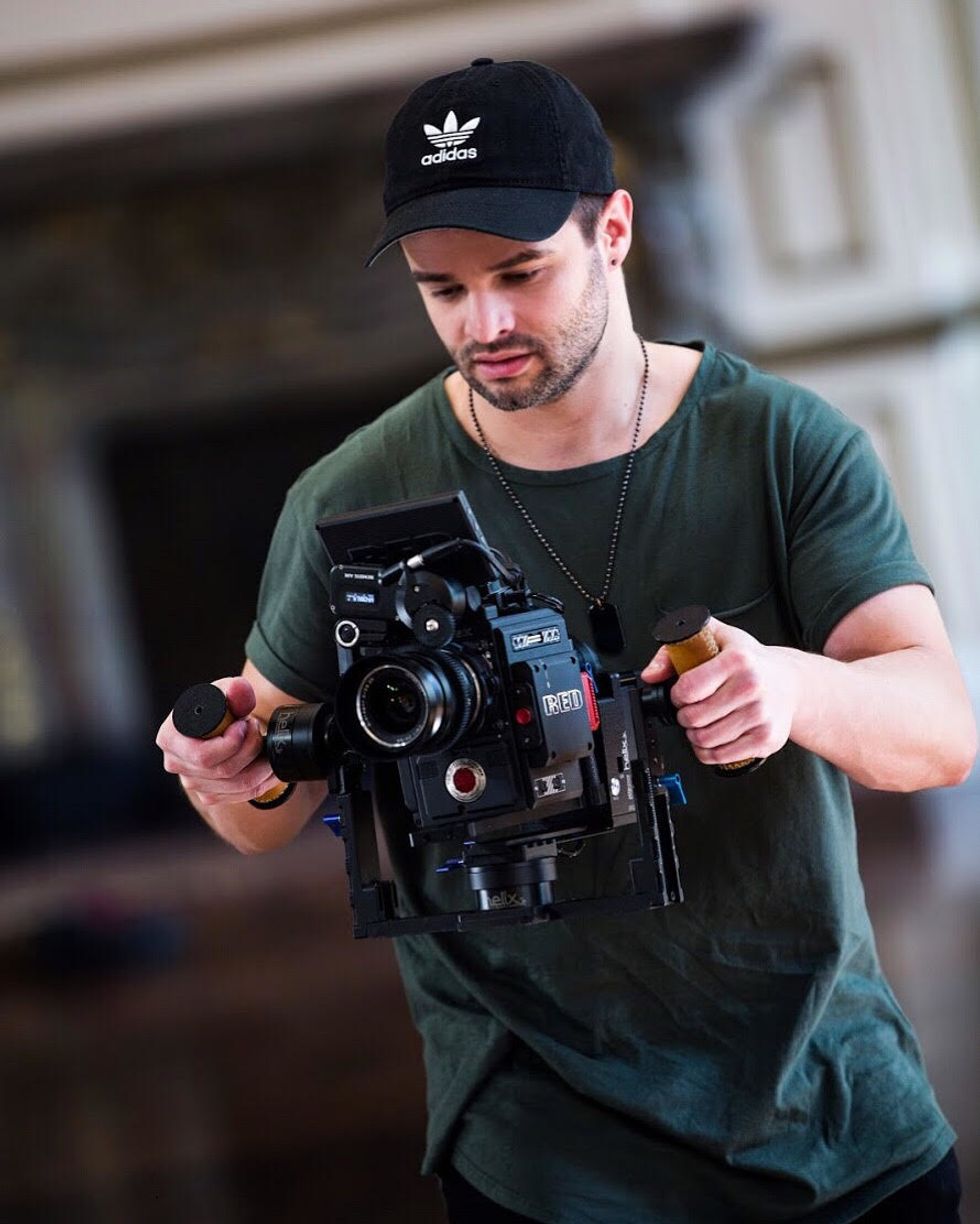
Milgram at work (courtesy Milgram)
What effects has the class video trend had on the dance world? When did you decide you wanted to do something positive about it?
Over the past few years, I realized how big of an impact incorporating cinematic filming into the classroom has had on the dance community. I felt like I’d achieved something amazing by putting dancers in the spotlight and showing the personalities of dancers in class videos. But with the trend evolving so quickly, there’ve been a few unfortunate consequences. The main one is that the amount of time spent filming in classes continues to increase, often with no oversight from the dance studios themselves. This started to affect the amount of time and emphasis given to actual dance training in classes. It wasn’t long before there was some backlash.
Nobody called me out specifically, but I still felt attached to the issue. It was two years ago, after some soul searching, that I realized I wanted to open a studio where training and filming are both valued and given the proper amount of time and emphasis they deserve.
What was it like opening up your own studio?
I’ve learned so much in the past two years! After many months of searching for a location and finally signing a lease, I started what would become a nine-month-long construction process. As I was working on the studio, I was also running a master class series to test out the idea. I would rent space and bring lights in, and create an environment for a good class. It reassured me that this whole thing was going to work.
Finally, in September, 2018, we had our first class. Now, I’m super stoked to have this amazing space. It’s the perfect hybrid between a dance studio and a production space.

Courtesy Milgram
What is class at TMilly TV like?
All our classes are 2-hour blocks, ensuring a full 1.5 hour dance class happens before filming begins. Once that mark hits, we adjust the lighting to accommodate the center of the room rather than the entire room, and a videographer comes in. By that point, everybody’s already danced a lot in smaller and smaller groups, so they’re ready to go.
The filming portion of class is in many ways like being on a music video set. We give our staff on-camera training sessions, and teach them the principles of filming dance, so everyone understands the reasons behind the bells and whistles.
I don’t want to be known as the filming studio. It’s not about the clips. Despite the lights, fog, and cameras, the training you get in a class here is our top priority. I believe dance deserves to be captured in a way that is entertaining without distracting from the choreography and performance.
How can dancers get more comfortable in front of the camera?
Practice! Giving dancers the opportunity to perform on camera is important. It’s not always about the footage, but rather about getting away from the mirror, which is potentially harmful if you get too comfortable with it. Even just marking away from the mirror and imagining there’s a camera there can be helpful. My main goal is to lower people’s stress level in front of the camera, so when they’re in a high-pressure environment like their first music video, they feel safe—and thus don’t have to be safe in their dancing.
Where do you see the studio in the future?
Hopefully, still around! Now that the logistics have worked themselves out, I’m starting to think about unique programming, which better integrates the filming and the class. I want the studio to be a beacon in the dance community, a well-respected place for people to get a dance education, create content, and build their brands.
